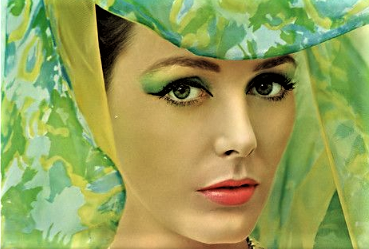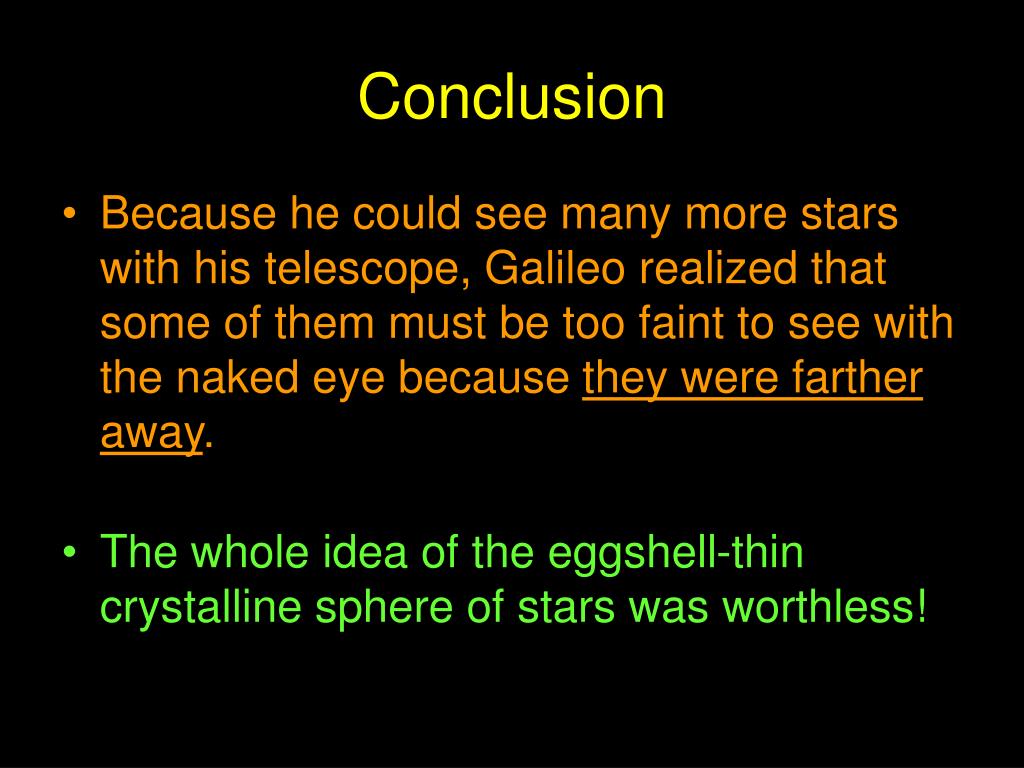

- #One of several heavenly bodies named for their discoverers full#
- #One of several heavenly bodies named for their discoverers series#
- #One of several heavenly bodies named for their discoverers free#
#One of several heavenly bodies named for their discoverers free#
The language used by the curators to contextualize these works is remarkably free of hedging, describing the Eucharist as “a rite instituted by Jesus during the Last Supper.” The experience could not be further removed from the disdain of the “ecclesiastical fashion show.”
#One of several heavenly bodies named for their discoverers series#
A wedding dress by Cristóbal Balenciaga is positioned similarly in the Fuentidueña chapel, where it is trailed by a series of garments inspired by baptismal gowns and first-communion dresses. In the Langon chapel, a wedding dress by Marc Bohan for Dior faces a 13th-century Catalan altar while Ave Maria plays softly in the background. The highlight is the beautiful use of two Romanesque chapels to present sacramental garments.

The result is celebratory without devolving into caricature. Here, the Catholic imagination is not merely a loose inspiration for the clothes on display but ingrained in the architecture and sensibility of the show. Any Catholic is bound to have a fraught relationship with the Cloisters-it is simultaneously an exaltation of Catholic visual culture and a tragic plundering of Catholic churches-but this exhibition works very well in that space.
#One of several heavenly bodies named for their discoverers full#
The show only realizes its full potential at the Cloisters, the Met’s annex dedicated to medieval art.

Regrettably, that expansion stops short of exploring Catholic aesthetics outside of Europe and North America, other than one Galliano dress inspired by Peru’s Cuzco School. Copies of Byzantine pendants from Coco Chanel’s personal collection and a bejeweled cross by Christian Lacroix further expand the concept of the Catholic imagination beyond strictly Western visual references. The collection’s Eastern influences are more likely to remind visitors of Orthodox aesthetics than Catholic ones, but they are inspired by a period in Italian history that predates such distinctions. More thought-provoking is the part of the exhibition housed in the Met’s galleries of Byzantine art, which includes a series of mosaic-inspired dresses from Dolce & Gabbana’s fall 2013 line. The former was created in the 1980s by the French fashion designer Yves Saint Laurent while the latter (pictured at the top of this article) is based on a 1950 design by the Benedictine nuns of Lecce-so there is a kind of curatorial egalitarianism in their pairing. The other, from Palagianello, Italy, is a vestment of blue silk with gold trimming. One, from Paris, is a dress and mantle of gold silk brocade along with an intricate tiara of gold, crystals, and pearls. The main hall includes two sumptuous ensembles made for statues of the Virgin Mary. This is a surprising and fresh homage to anonymous, collective women’s art.Īnother unexpected feature of the exhibition is the underappreciated art of creating clothing for statues. Similarly impressive needlework can be seen on a cope given to Benedict XV in 1918 by the Handmaids of the Sacred Heart of Jesus, who depicted an elaborate Lamb of God. It is covered in scenes from the saint’s life, embroidered meticulously in gold by the Poor Clares of Mazamet, France. One of the most stunning pieces is a chasuble presented by the Franciscan friars to Pope Pius XI in 1926 in commemoration of the 700th anniversary of the death of St.

A relatively spare, spacious display allows museumgoers to examine the garments up close, as their craftsmanship requires. By crediting both (mainly male) designers and (mainly female) technicians, the curators question that division of labor while suggesting that the fashion world shares structural similarities with the ecclesial hierarchy it so often parodies.įor this show the costume center, located in the Met’s basement, has been stripped bare-a cryptlike effect complemented by recorded chant. They are compared with the artisans who carry out the sewing and needlework for the major fashion houses, known as les petites mains (“the little hands”). Rather, it discusses the women who are credited with executing his design: the Dominican nuns at the Atelier d’Arts Appliqués in Cannes. This green and gold chasuble was designed by Henri Matisse in 1950 for his Vence Chapel project, but the accompanying plaque does not focus on the famed artist. At the entrance to the Anna Wintour Costume Center, before encountering the luxurious items on loan from the Vatican, visitors are presented with a modest liturgical vestment.


 0 kommentar(er)
0 kommentar(er)
